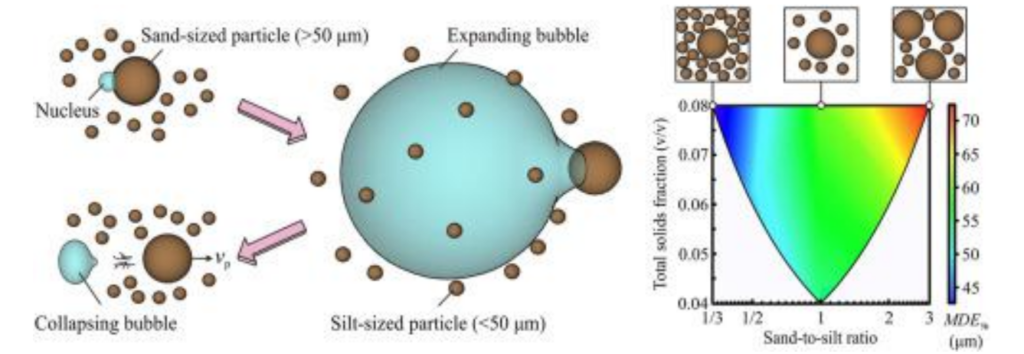Cavitation phenomenon, also known as ultrasonic cavitation, is the effect of high temperature, high pressure, discharge, luminescence and shock waves caused by the collapse of holes formed in the liquid. Cavitation formation factors may be: strong ultrasonic irradiation, shock during explosion, high-speed fluid impact friction or violent chemical reaction, etc. Cavitation can be used to promote chemical reactions, crush suspended solids in liquids, make emulsions, and kill bacteria. Ultrasonic cleaning has long been widely used.

Ultrasonic cavitation refers to the dynamic process of growth and collapse of micro-air nuclei cavitation bubbles existing in liquids that vibrate under the action of sound waves, and when the sound pressure reaches a certain value. Cavitation generally includes three stages: formation, growth and violent collapse of cavitation bubbles. When a container filled with liquid is passed through ultrasonic waves, tens of thousands of tiny bubbles, namely cavitation bubbles, will be generated due to the vibration of the liquid. These bubbles grow in the negative pressure zone formed by the longitudinal propagation of ultrasonic waves, and quickly close in the positive pressure zone, thereby being compressed and stretched under alternating positive and negative pressures. At the moment when the bubble is compressed until it collapses, a huge instantaneous pressure will be generated, generally as high as tens of megapascals to hundreds of megapascals. Suslick et al. measured that cavitation can make the temperature of the gas-phase reaction zone reach about 5200 K, the effective temperature of the liquid-phase reaction zone reach about 1900 K, the partial pressure is 5.05×10kPa, and the temperature change rate is as high as 10K/ s, accompanied by strong shock waves and micro jets with a speed of 400 km per hour. This huge instantaneous pressure can cause rapid damage to the solid surface suspended in the liquid. Ultrasonic cavitation is usually divided into two types: steady-state cavitation and instantaneous cavitation: steady-state cavitation refers to cavitation bubbles generated when the sound intensity is low (generally less than 10w/cm), and its size is within its equilibrium size Oscillates nearby, generating periods of up to several cycles. When it is expanded to make its own resonance frequency equal to the frequency of the sound wave, the maximum energy coupling between the sound field and the bubble occurs, resulting in obvious cavitation. Transient cavitation refers to cavitation bubbles with a short life cycle (mostly occurring within one sound wave cycle) generated under the action of large sound intensity (generally greater than 10w/cm ).


